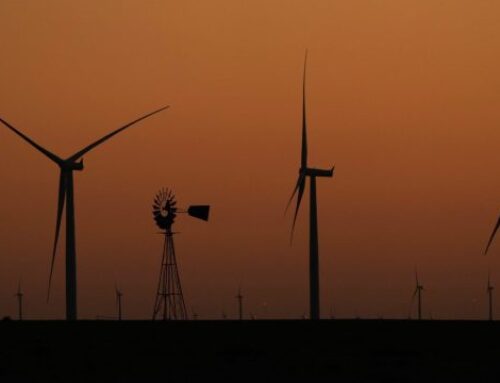Earth is heading for a second year above 1.5°C climate goal
May 14, 2025

The aim of limiting global warming to no more than 1.5°C is slipping even further out of reach, as the latest climate data reveals global temperatures remain extremely high, with 2025 on course to rival 2024 as the hottest year on record.
April 2025 was the second-warmest April on record, beaten only by April 2024, according to data from both the European Union’s climate change service Copernicus and Berkeley Earth, a US non-profit. Global average temperatures for the month remained at 1.51°C above pre-industrial levels, the 21st month in the past 22 to have been above that crucial threshold, according to Copernicus. Berkeley Earth’s dataset puts April 2025’s average temperature at 1.49°C above pre-industrial levels, cooler than April 2024 by just 0.07°C.
Advertisement
The continuing hot streak has taken scientists by surprise. 2024 was the hottest year on record, with global average temperatures reaching 1.55°C above pre-industrial levels. That was a landmark moment: the first time average temperatures had exceeded 1.5°C over a calendar year. Under the 2015 Paris climate accord, countries agreed to limit any global temperature rise to well below 2°C – and ideally to 1.5°C – above the pre-industrial level, a goal that is looking increasingly unlikely.
Scientists had expected the arrival of a cooling La Niña weather pattern in January to provide a reprieve, with temperatures expected to fall back a little this year. Instead, global temperatures have remained stubbornly high, increasing fears that 2025 could be the second year in a row above the critical 1.5°C watermark. “The recently ended La Niña event has not provided as much cooling as would typically have been expected,” said Robert Rohde at Berkeley Earth during a briefing on 13 May.
According to Berkeley Earth’s data, this year now has an 18 per cent chance of being the warmest on record, and a 53 per cent chance of being the second warmest on record, said Rohde. There is a 52 per cent chance of 2025 having average temperatures above 1.5°C.
How the rest of the year unfolds – and what could be in store for global temperatures – now rests largely on whether a new El Niño or La Niña pattern develops in the Pacific, said Rohde.
The continuing hot streak is further eradicating hopes that global temperatures can be limited to the 1.5°C Paris goal. The target is measured over a 20-year average, but researchers are increasingly concerned that the recent run of high temperatures means the threshold is already breached. “We are inevitably going to cross 1.5°C in the long-term average in the next decade or so,” said Rohde.
Last year, scientists warned that three individual years where average temperatures remained above 1.5°C would mean the Paris Agreement target is lost. Similarly, a paper published earlier this year suggested that a run of 12 consecutive months above 1.5°C indicates an 80 per cent likelihood that long-term warming of 1.5°C has already been reached.
Richard Allan at the University of Reading in the UK says he has been surprised at the sustained nature of the warmth. Research over the past two years and the recent record temperatures have radically shifted scientific opinion on whether limiting warming to 1.5°C is achievable, he says. “Without very massive mitigation over the next 20 years, or a massive volcanic eruption, I think it’s inevitable that we have entered the period at which we do cross the 1.5°C above pre-industrial threshold.”
But he stresses that the Paris Agreement goal of limiting warming to under 2°C is still achievable. “It’s still critical that we do aim to keep temperatures below that threshold,” he says.
Search
RECENT PRESS RELEASES
Related Post



